Please filter by different types of publications
All Polecat
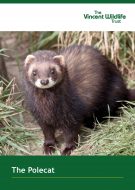
The polecat is a native British mammal and is widespread in western Europe. The polecat belongs to the weasel family, the Mustelidae, comprising over 60 species of badgers, otters, skunks, martens, mink, ferrets, stoats and weasels. Like many in this family, the polecat has a long body with short legs. It is generally dark in colour, especially on its chest, legs and tail that are covered in near-black fur.
Download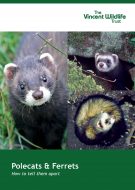
This leaflet gives the key distinguishing characters that separate polecats, ferrets and their hybrids. Given their close relationship, it is not surprising that it may be very difficult to distinguish them in the field. Reliable ways of telling polecats and ferrets apart is from close examination of the pelage and skull of a specimen and analysis of mitochondrial DNA.
Download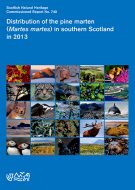
This report follows on from a pine marten Expansion Zone Survey conducted in 2012 (Croose et al., 2013), which provided information on current patterns of pine marten distribution in Scotland following population recovery and range expansion since the 20th century.
Download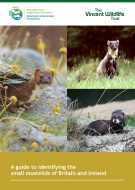
The small mustelids are characterised by their long thin body shape, which enables them to follow their prey down small tunnels and burrows. However, because of their similar body shape they can be difficult to distinguish from each other. This guide helps with the identification of the mustelid family.
Download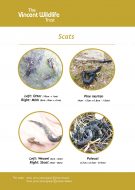
This ‘quick-start’ guide shows the distinguishing features of members of the small mustelid family in Britain and Ireland, which includes the otter, pine marten, polecat, polecat-ferret, mink, stoat and weasel. It also shows common small mustelid tracks and signs.
Download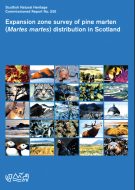
This report arises from a partnership project involving The Vincent Wildlife Trust and Scottish Natural Heritage. The aim of this field-based survey was to gather new information on the changing distribution of the pine marten in 2012.Given the anecdotal evidence of the species’ continuing re-colonisation of Scotland following its historical decline, this survey concentrated upon an ‘Expansion Zone’ beyond the pine marten’s known range revealed by surveys in the 1980s (Velander 1983) and 1990s (Balharry et al. 1996).
Download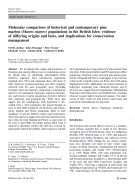
We investigated the origins and persistence of European pine marten populations across the British Isles by identifying mitochondrial DNA (mtDNA) sequences from contemporary populations (sampled since 1981) and comparing these with those of older ‘historical’ museum specimens (pre-1981) originally collected from the same geographic areas.
Download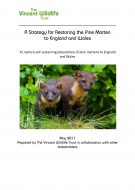
Although sightings reports and occasional genetic evidence confirm the presence of the pine marten in parts of England and Wales, limited success in their detection despite concerted efforts suggest that they are not abundant and that populations have failed to recover from their historical decline.
Download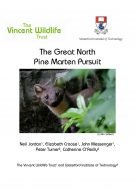
The ‘Great North Pine Marten Pursuit’ surveys were initiated in order to collect pine marten DNA from extant populations of England. They aimed to determine the presence of pine martens in specific areas, and so allow a focussing of future conservation resources in those areas, whilst also determining the genetic haplotype of the pine martens.
Download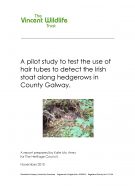
In Ireland the Irish stoat is considered to be a near-endemic subspecies, with >90% of the global population estimated to occur in the country. This study involved laying plastic baited hair tubes, 10 per 200 metres at 20m intervals, along hedgerows in the bottom left 1km2 of 10km grid squares across County Galway.
Download